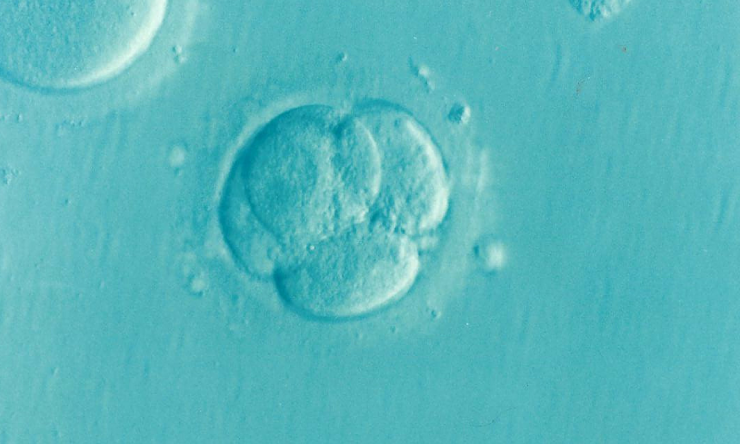Unexpected journey of egg and embryo through the fallopian tube
The journey of the egg and the embryo through the fallopian tube or oviduct toward the uterus is not well understood, mainly because it is inaccessible for direct imaging. Looking to shed new light on the dynamics of the eggs prior to fertilization and embryo transport preceding implantation, researchers at Baylor College of Medicine and Stevens Institute of Technology developed a novel imaging approach that has allowed them to see eggs and embryos as they move along the fallopian tube in a live animal.
Published in the journal Cell Reports, the researchers’ observations revealed that eggs and embryos go through an unexpected journey that is more dynamic and complex than previously thought. The findings have important implications for studies of fertilization, embryogenesis and in vitro fertilization.
“In this study, we developed and combined intravital window and optical coherence tomography to have visual access to eggs and embryos as they are transported through the mouse oviduct,” said corresponding author Dr. Irina Larina, associate professor of molecular physiology at Baylor. “No one had seen eggs and embryos moving in the fallopian tube in live organisms before.”
The researchers discovered several unexpected findings. The expectation was that murine eggs and embryos after fertilization would move very slowly through roughly a 1 inch-long fallopian tube over the course of about three days. The accepted idea was that hair-like structures called cilia, which line internal surface of the fallopian tube, mediated the movement of the cells.
“Surprisingly, we found that eggs and embryos move along the fallopian tube by combining different types of movements, showing a dynamic process that is more complex than it had been thought until now,” said first author, Dr. Shang Wang, assistant professor in the Department of Biomedical Engineering at Stevens Institute of Technology.
Depending on the location along the fallopian tube, the cells were observed sometimes moving in fast circular movements or oscillating, moving back-and-forth over long distances or fast forward. The orchestration of these different movements involves the participation of cilia, muscle contractions and peristaltic movements, processes that are differentially regulated by hormones and other factors.
“Our findings provide a better understanding of this important step in mammalian reproduction and support reevaluating previous knowledge about how it happens,” Larina said. “In addition, our observations imply that perturbing one or more of the different movements along the tube could lead to reproductive disorders.”
“Applying our imaging approach can lead to exciting discoveries that we hope can advance our understanding of disordered human reproductive conditions associated with the fallopian tube, as well as improvements in in vitro fertilization,” Wang said.
This study was supported by NIH with grants (R21EB028409, R01HL120140, R01EB027099 and R01HD096335) as well as the Start-Up Funds from Stevens Institute of Technology.










